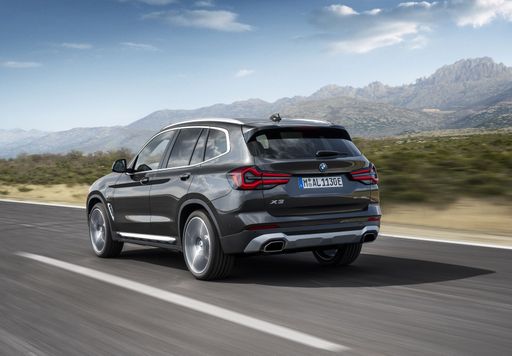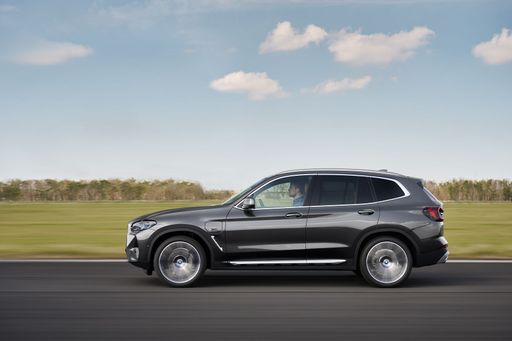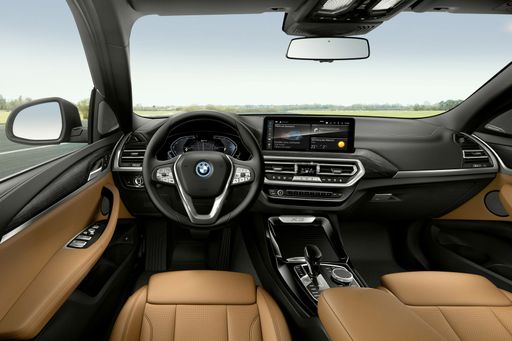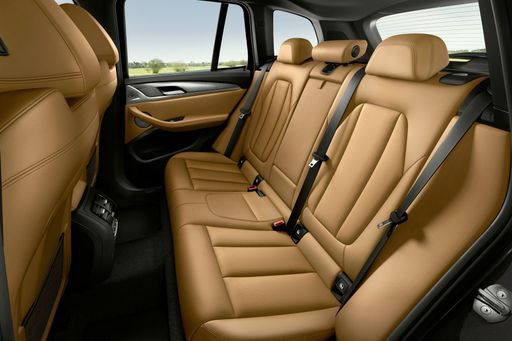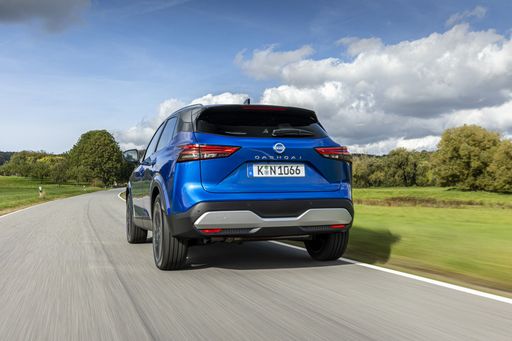Introduction: A Battle of SUVs
The SUV segment is consistently evolving, bringing together cutting-edge technologies, superior performance, and impressive comfort. In the battle of the compact SUVs, the BMW X3 and the Nissan Qashqai are two notable contenders, each with its own strengths and weaknesses. This article aims to compare these two popular models based on technical aspects, performance, and innovative features that set them apart in the automotive market.


